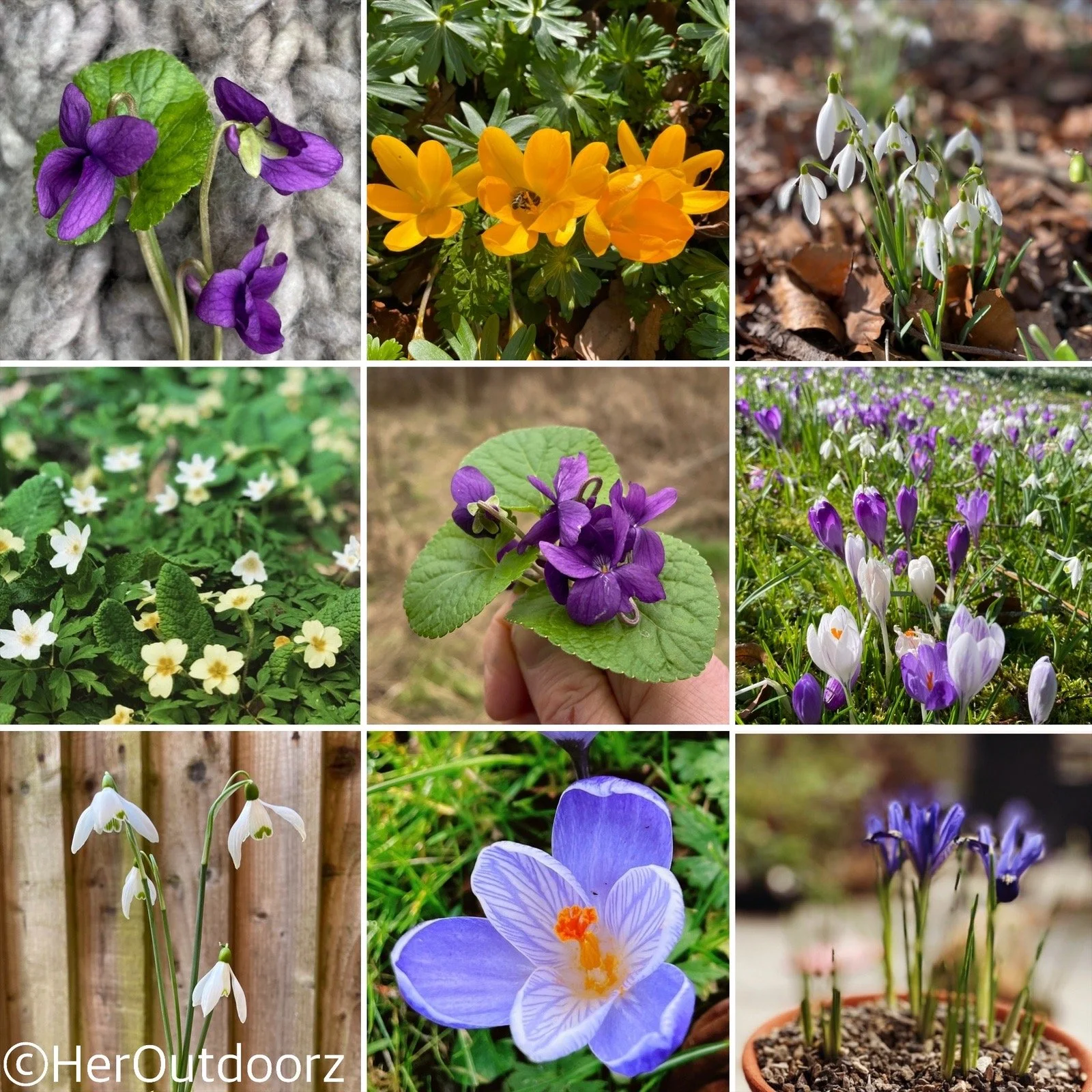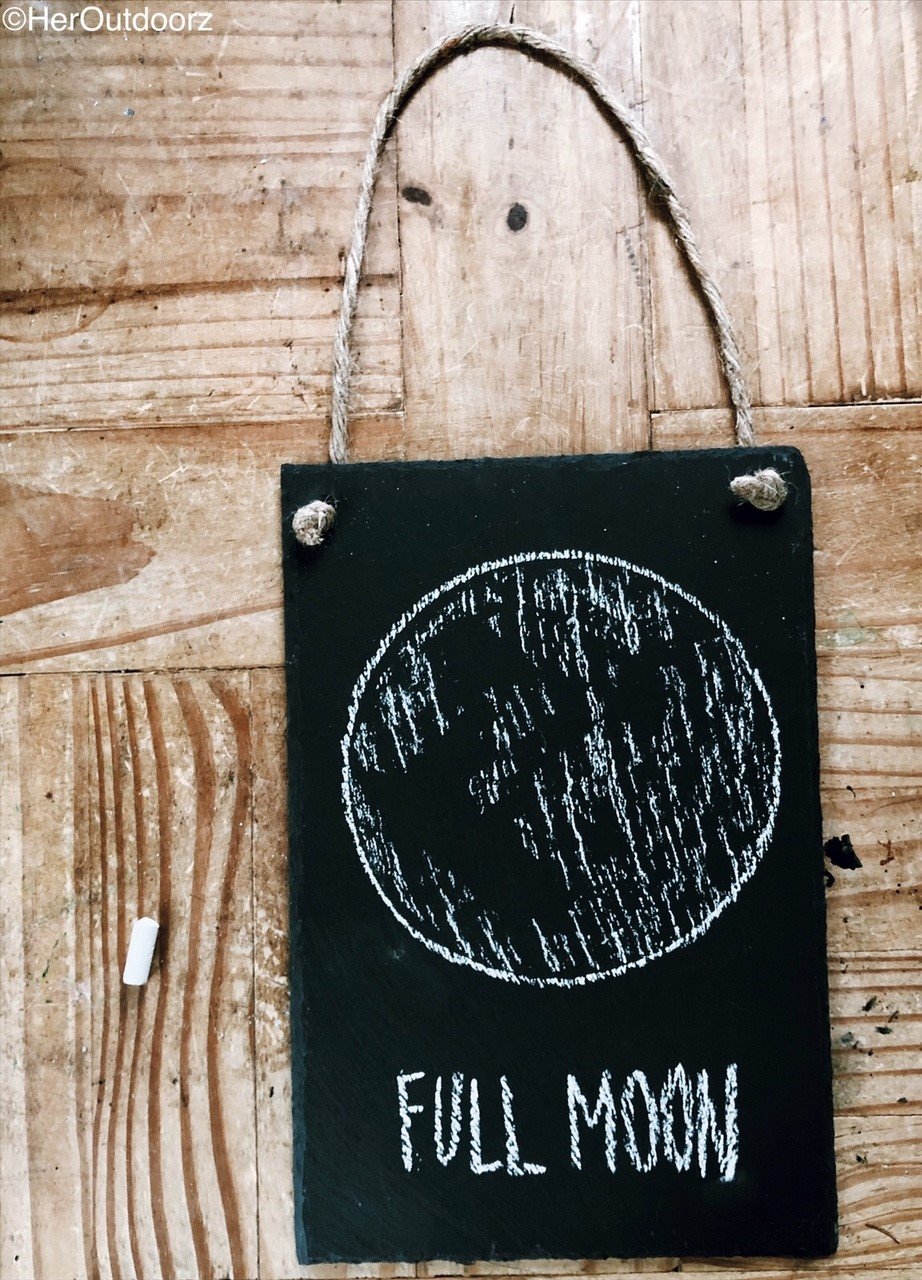February. New Light. New Life.
And though an Arctic wind sweeps by
From wildest wastes of ice and snow,
And though above us wintry sky,
And desolate white fields below—
Beneath the wind's wild organ-blast,
A low, sweet undertone I hear:
"The wintry storms will soon be past,
The sunny Spring-time days are near."
- ‘February Days’ by Ellwood Roberts
February often seems to get lumped together with January to form the long, sometimes excruciating, period of lingering winter. But February feels different to me. Whilst January gives itself fully over to winter, February is a month of push and pull between winter and early spring.
The weather might still be cold and ropey this month but what cannot be denied is the lengthening of the days. There’s a shift. The light begins to gather and the rising energy produces new growth.
It’s that renewing energy that gives this time of year the term The Quickening.
You can read more about the Quickening in my previous article - see link at bottom of the page.
If we're lucky February brings those ‘Aha’ moments when we feel a touch of spring in the air - usually closely followed by a ‘but not yet’ moment of cold, rain and dark! But those seasonal glimmers when the blackbirds sing, the watery sun warms and you can take your coffee outside to see the bulbs pushing up, are heavenly. If you’re fortunate you might even see a butterfly awakened from its hibernation, by the February sun.
Photo by @emmamoorephotography
February is my birthday month and as a child I would have happily swapped it for a summer date, allowing for outdoor parties. Now I'm more drawn to this short early month. I like the feeling of being at the very start, enjoying the anticipation of spring ahead. It’s like being up early in the morning as the sun rises, with space to plan the time ahead with none of the urgency to get up and do it yet.
I’m drawn to the ancient festival of Imbolc as a seasonal marker for the same reasons.
In the farming community and in the natural world February has long been recognised as the real beginning of spring.
Early February is marked by a myriad of different spring celebrations, Imbolc, St. Bridget's Day (also called Brigit, Brighde, La Fheile Bride) and Candlemas, the time when winter decorations were traditionally taken down and festive fires were replaced with candles burning for spring. Further afield the start of February is celebrated as Chinese New Year, Setsubun and Saraswati Puja. All marking new starts and preparing for spring.
February & Romance
February is a month associated with romance, courtship and weddings with St. Valentine's Day falling slap bang in the middle - on the14th.
St Valentine is the patron saint of couples, love and bee keepers.
On Saint Valentine's Day women are said to be able to foretell their future husbands based on the first bird they see that morning:
“See a robin overhead - marry a sailor.
See a sparrow - marry rich of heart but poor of pocket.
See a goldfinch - marry money. “
In Roman times, the celebration of Lupercalia (from lupus the latin for wolf) was held on 14 February to honour the wolf and to please the Roman fertility god Lupercus. Like many ancient traditions there’s plenty of vagueness surrounding its origins and rituals but it seems it was a festival of prosperity and fertility, often bloody, violent and involving lots of sex. Some believe this festival holds the origins of St Valentine’s Day, with early Christians taking local customs and developing a more chaste way to celebrate them!
In the wild world it is said that birds fall in love on Valentine’s Day. Bird song builds as they up the ante to find a partner and nest building starts in earnest. Frogs gather in ponds and frogspawn starts to appear, female foxes screech for their mate and badgers give birth in their setts.
Since February is the month of romance it’s a fitting time to mention my work with wedding flowers….
Pressed Wedding Flowers
I'm using traditional methods to create bespoke pressed flower art from special occasion flowers. Framed and personalised to capture the ephemeral beauty of bouquets, venue flowers, floral crowns and buttonholes.
Pressed flowers capture a moment in time and the memory of a special occasion.
Using my plant knowledge and traditional flower pressing methods, including a handmade wooden flower press, blotting paper, time and patience; I'm capturing gorgeous floral moments.
These designs offer you a more current way of preserving and enjoying your treasured flowers - more 21st Century and less Miss Haversham!
I’m working alongside my friend, artist Jenny Muncaster who is capturing wedding bouquets in her gorgeous original paintings.
Artwork that can framed as an everlasting memory and used to create wedding thank yous, gift tags and greetings cards.
If you're interested in commissioning a joyful visual reminder of a special day, creating art from your special occasion flowers in either of these ways, please do get in contact.
Catkins
Trees festooned with dangly yellow catkins are another cheery sign that spring is on its way.
Catkins are a key part of tree reproduction and can commonly be found on hazel, silver birch and white willow trees.
Catkins are the male flowers and start to appear in January and February, before the leaf canopy unfolds. As the catkins blow in the breeze, they release their bright yellow pollen towards the female flowers.
On hazel, the female flowers are small and red and you can spot them near catkins.
On white willow and silver birch the female flowers are shorter catkins and in the case of white willow they grow on separate trees.
Enjoy the catkins while you can. A little stem brought into the house is a reminder that spring is coming. But watch out for the pollen - my hands and desk are currently bright yellow!!!
February Moon
The full Snow Moon falls on 5 February.
Moon watchers claim this is a time of restlessness. The Quickening of energy can result in feeling of being pulled in different directions. At times resistant to move on from winter then restless to get going.
Also called the Quickening Moon, Ice Moon, Storm Moon, Wild Moon and the Full Hunger Moon. Certainly, the names seem to be portents of rotten weather.
I like the ancient Chinese name for this moon, Budding Moon.

















February is a month of push and pull between winter and early spring. The weather might still be ropey but what cannot be denied is the lengthening of the days. There’s a shift. The light begins to gather and the rising energy produces exciting, new growth. It’s that renewing energy that gives this time of year the term, The Quickening.